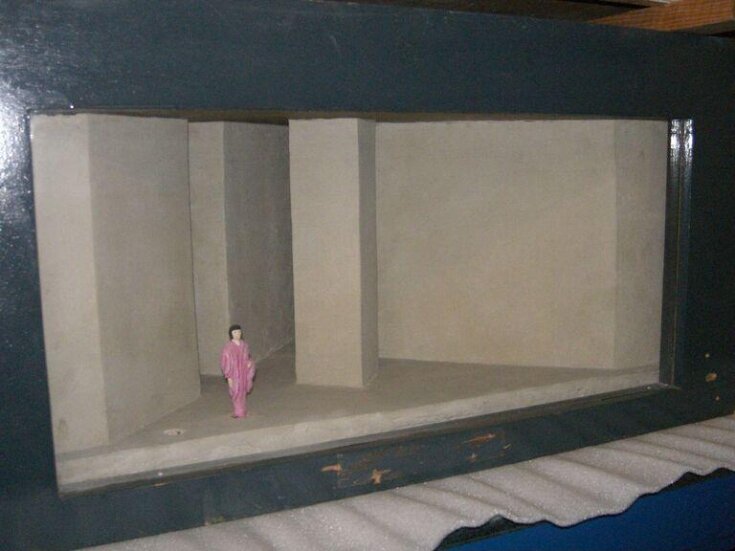Performance e Virtualità
After a frst phase dedicated to the study of Virtual Theatre (https://skene.dlls.univr.it/2020/11/03/seminario-teatro-virtuale/; https://skenejournal.skeneproject.it/index.php/JTDS/issue/view/26) the project has focused more precisely on the following:
1) an in-depth interdisciplinary exploration of the relation between subjectivity, conscience and its expression in first-person discourse in relation to the real/virtual dimensions. The project will carry out an investigation of the construction/deconstruction of subjectivity through language and in the context of theatrical performance. This part of the project involves and interdisciplinary approach cutting across the fields of performance studies, cognitive linguistics and narratology, computer science and intermediality.
2) to identify specific fields of application of the acquired knowledge and new research areas at the intersection of cultural heritage preservation and performance and reception experimentation.
Subproject 1
VST: Virtual Shakespeare Theatre Project
What if famous stage designs for Shakespeare plays were to be used on stage today? What impression did audiences gain then and how would they react now? What can VR do for Shakespeare and Shakespeare’s audiences? And in turn, how can Shakespeare’s works inspire new ways of using virtual reality, offering fresh meaning-making opportunities? The project raises such questions, involving the collaboration of humanists and computer science researchers on the study and virtual re-working of sketches and descriptions of famous stage designs, with a view to producing 3D reconstructions of landmark scenographies re-usable as virtual settings for present-day performances situated in a space of performative dialogicity with the past and projected into the future.
VST emphasises the interaction between the real and the virtual in performance spaces in order to explore how, “[r]ather than ‘immersing’ a participant in a hermetic illusion, VR highlights and generates meaning from the disjunctions between the virtual illusion and the participant’s irreproducible, contingent sense of their own body and surroundings” (Roberts-Smith 2021, 19). It focuses on the effects virtually created scenographies may have on actors and audiences alike. Following Roberts-Smith, it explores representational fidelity, interactivity, as well as identity construction. It experiments on creative interactions between virtually recreated stage settings, actors, spectators, as well as augmented reality within the actual architecture of the performance space and through different types of meaning-making strategies. It chooses the model as spaces for performance research as the main tool, or more precisely “virtual environments mapped through VR technology to physical space [in theatres]” (Tompkins, Holledge, Bollen and Xia 2022, 7). modello degli spazi per la ricerca sulla performance, o più precisamente “ambienti virtuali mappati attraverso la tecnologia VR nello spazio fisico [dei teatri]” (Tompkins, Holledge, Bollen e Xia 2022, 7).
Step 1: starting off
La fase iniziale del progetto prevede la selezione e la catalogazione di produzioni di particolare interesse del XIX e XX secolo. Verrà poi effettuato un primo test sui celebri bozzetti di scena di Edward Gordon Craig per Amleto. La ricerca esplorerà le diverse possibilità offerte da una ricostruzione realistica della scena e, in alternativa, da rielaborazioni ispirate alle informazioni disponibili, sia visive che descrittive. Obiettivo di questo progetto è la creazione di un’esperienza di realtà aumentata (AR) per visitare virtualmente le scene dell’Amleto, basata sugli schizzi e i bozzetti preparatori delle rappresentazioni teatrali dell’epoca. L’idea e il concept sono di Petra Bjelica e sono stati sviluppati in un’esperienza di realtà aumentata da Deborah Pintani.
I dispositivi prescelti sono i Microsoft HoloLens 2, mentre il motore di sviluppo selezionato è Unity Editor. L’applicazione è sviluppata in C# sfruttando il framework Microsoft Mixed Reality Toolkit 2 (MRTK2). L’integrazione tra i due componenti è realizzata proprio attraverso le librerie Microsoft MRTK2, che offrono una raccolta di elementi predefiniti e utility per supportare gli sviluppatori nella creazione di applicazioni immersive compatibili con una gamma di dispositivi e piattaforme di mixed reality.
Gli utenti possono immergersi nell’esperienza virtuale muovendosi fisicamente e attraversando scene 3D a grandezza naturale.
In questo lavoro, l’applicazione rileva il piano di appoggio (una superficie) e richiede all’utente di confermarlo: in caso di approvazione, la scena viene renderizzata sul pavimento di fronte all’utente; in caso contrario, il programma procede a identificare una nuova superficie e ripete la richiesta di conferma.
In tutti i casi, si unirà creativamente il passato e il presente, il reale e il virtuale, la storia passata e il futuro.
Bozzetti di Scena di Edward Gordon Craig
Design for the stage setting of the ghost scene in Hamlet | Craig, Edward Gordon | V&A Explore The Collections
Model for Hamlet. Edward Gordon Craig. – Image used with the kind consent of The Edward Gordon Craig Estate. Reproduced by permission of the Provost and Fellows of Eton College
Model for Hamlet. Edward Gordon Craig. – Image used with the kind consent of The Edward Gordon Craig Estate. Reproduced by permission of the Provost and Fellows of Eton College
Model for Hamlet. Edward Gordon Craig. – Image used with the kind consent of The Edward Gordon Craig Estate. Reproduced by permission of the Provost and Fellows of Eton College
Gordon Craig’s Hamlet set model, Photograph, 1912 (made)
Photograph of a set model by Edward Gordon Craig for Act III, scene iv of Hamlet, Moscow Art Theatre, 1912.
Photograph of a Gordon Craig set model | Craig, Edward Gordon | V&A Explore The Collections
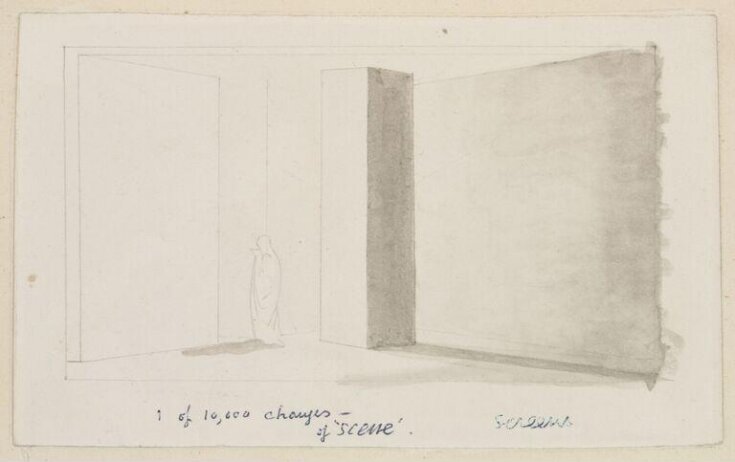
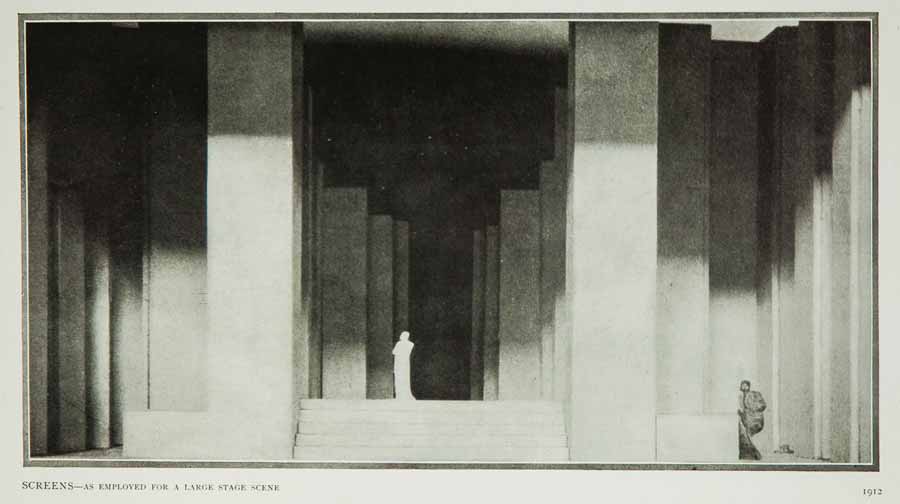
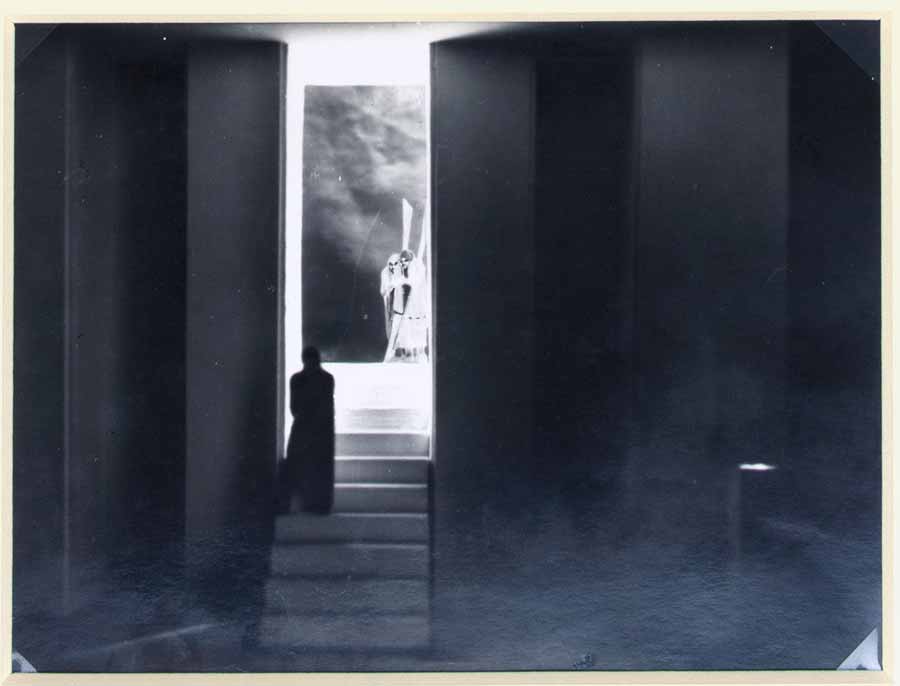
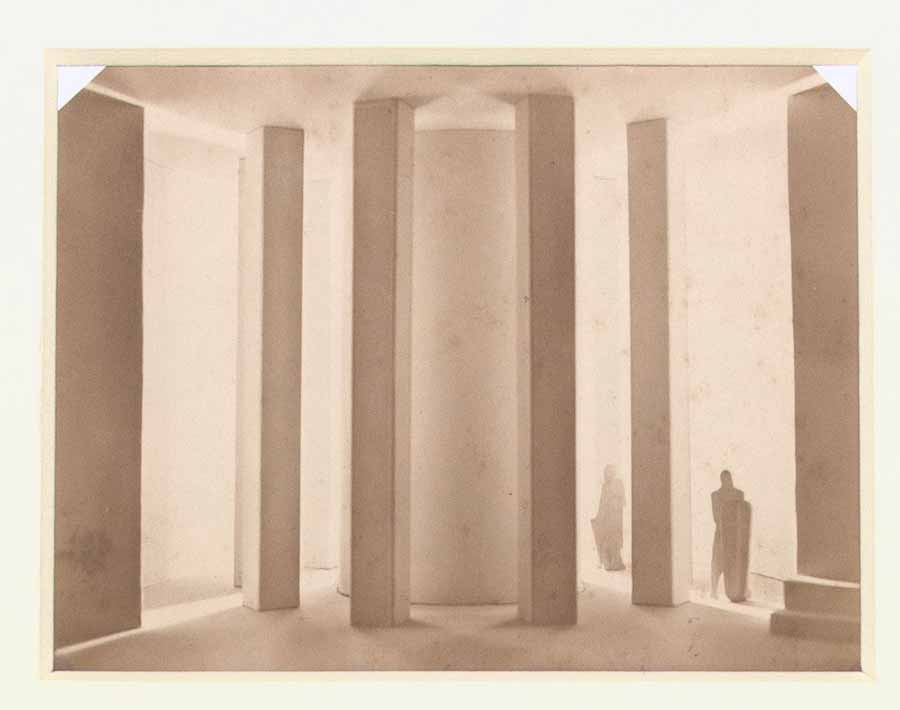
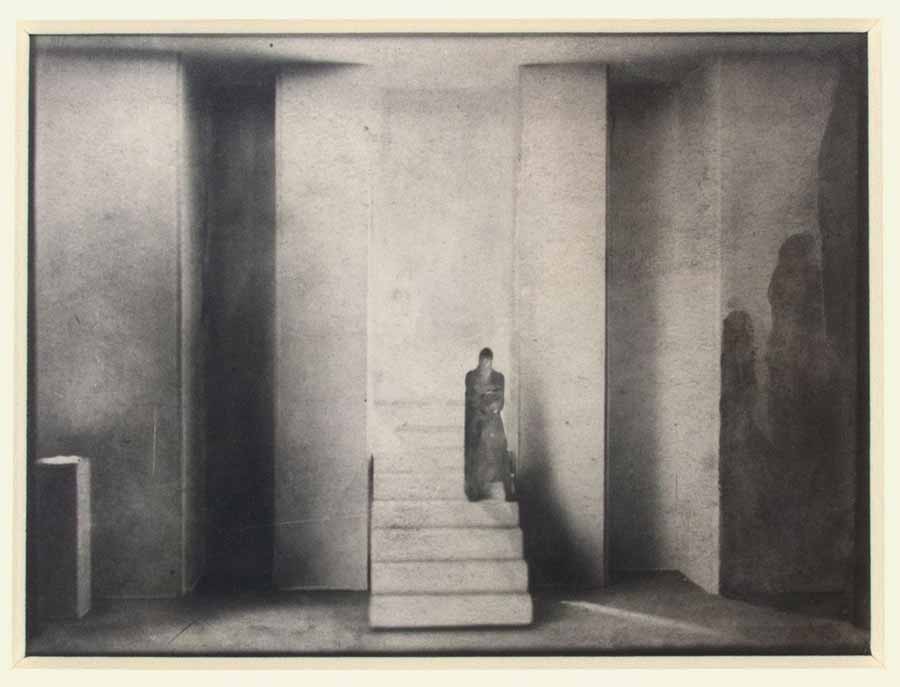
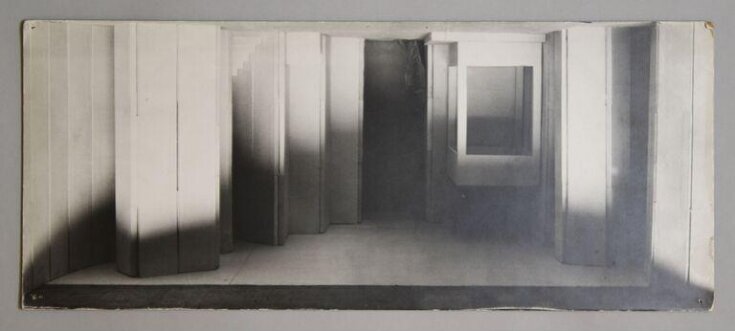
3D Modello 1
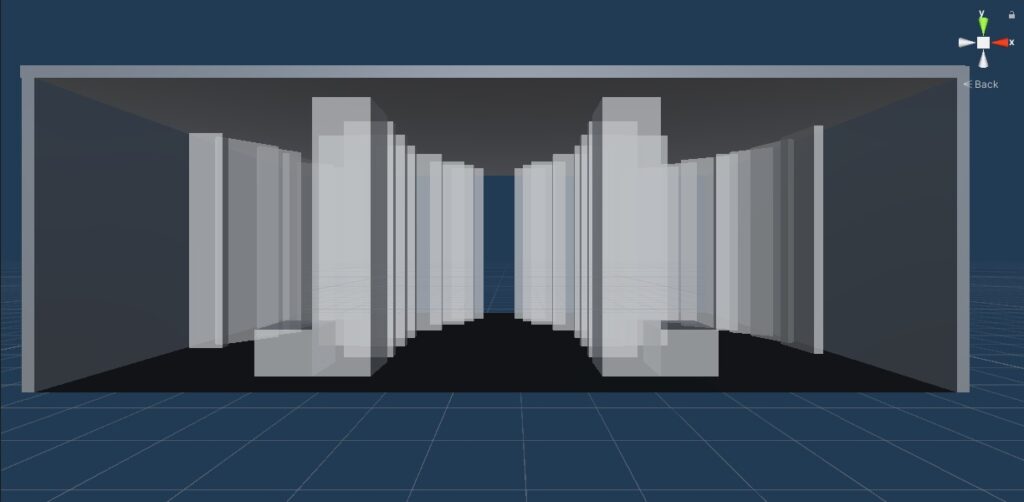
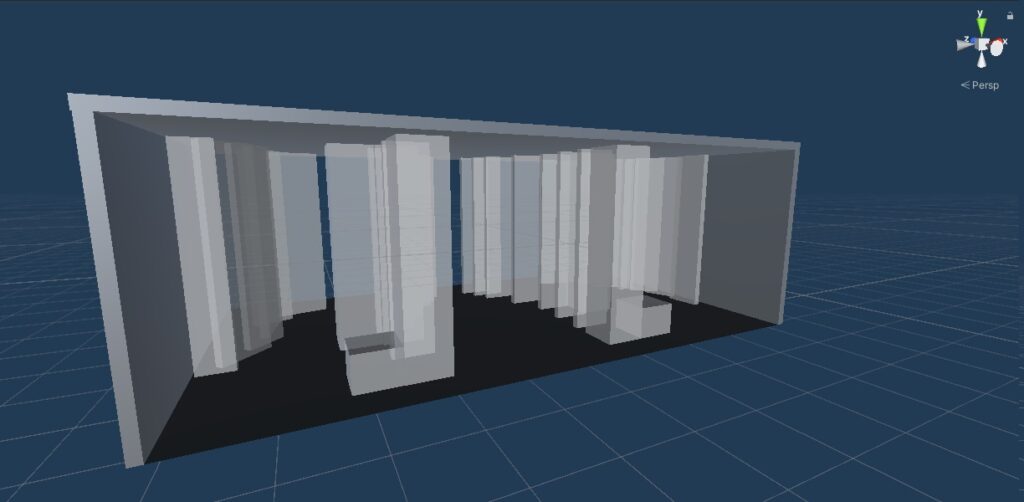

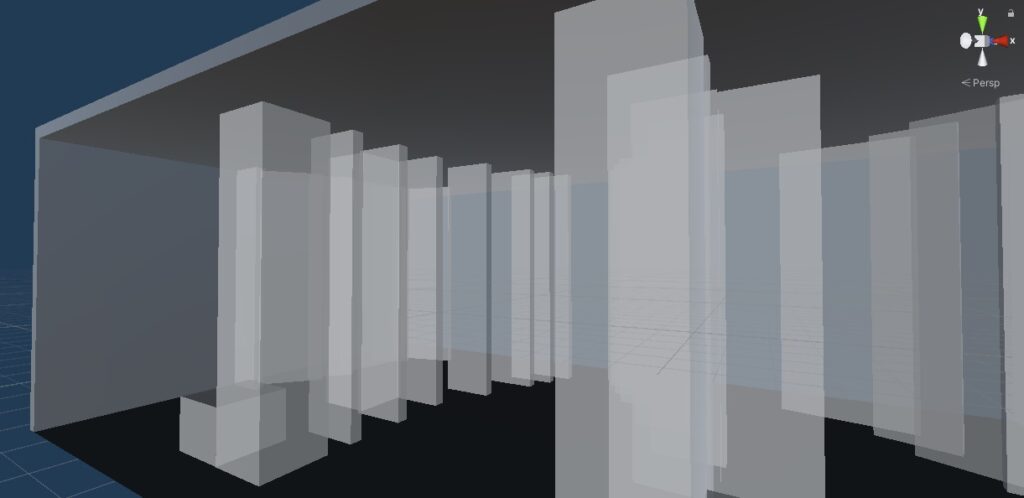
3D Modello 2
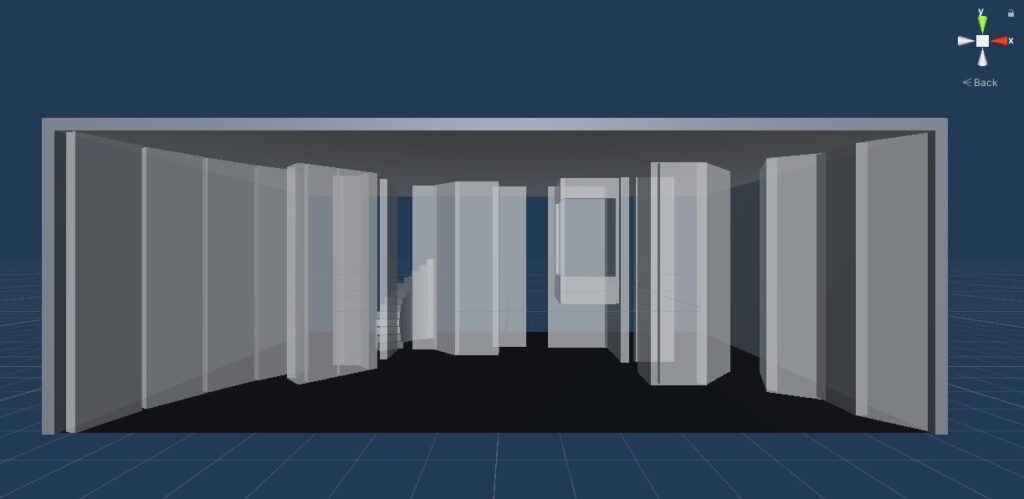
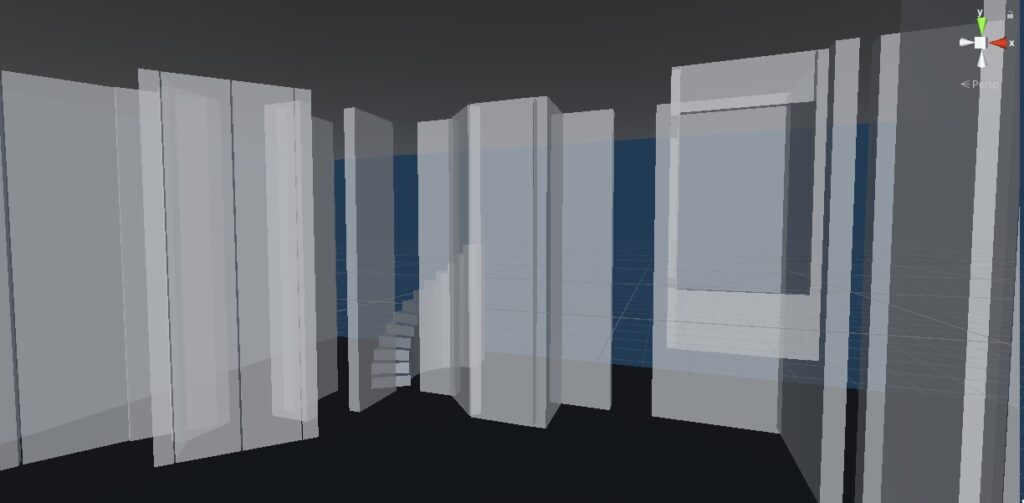
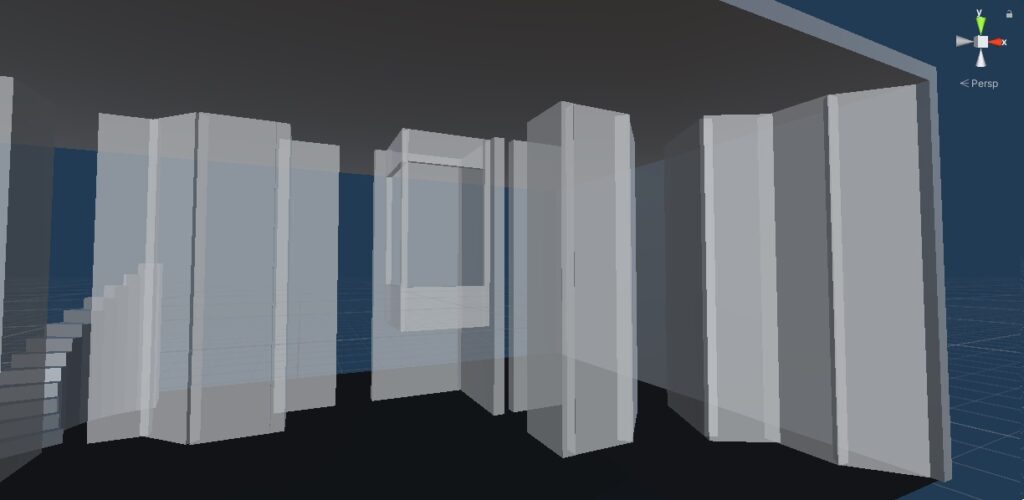
3D Modello 3
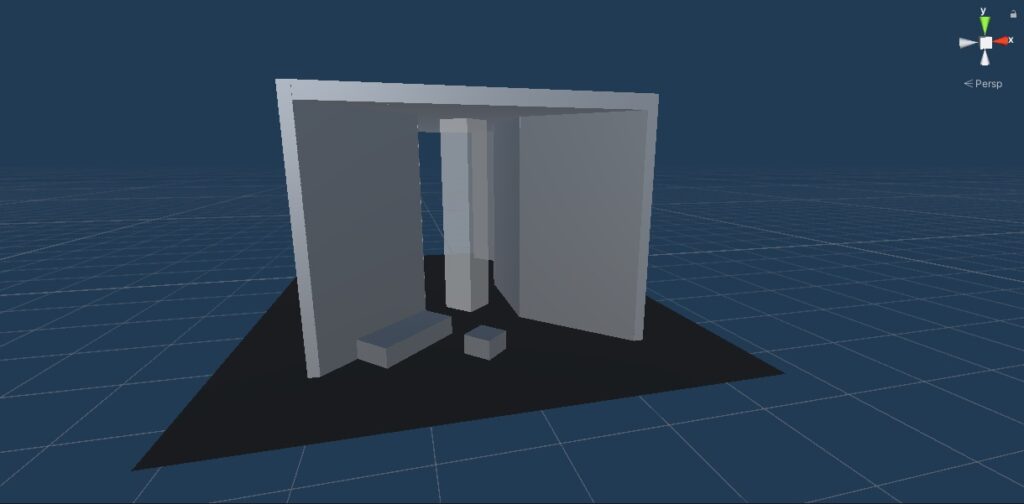
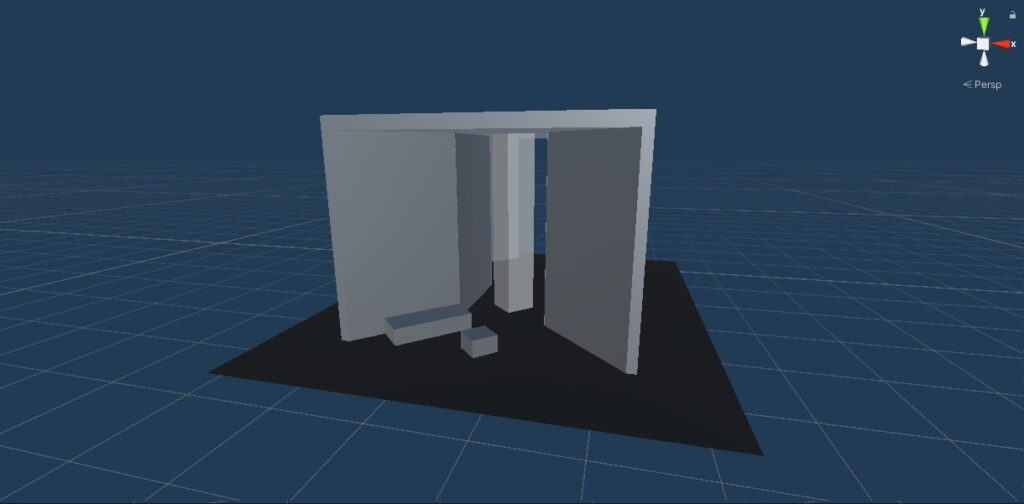
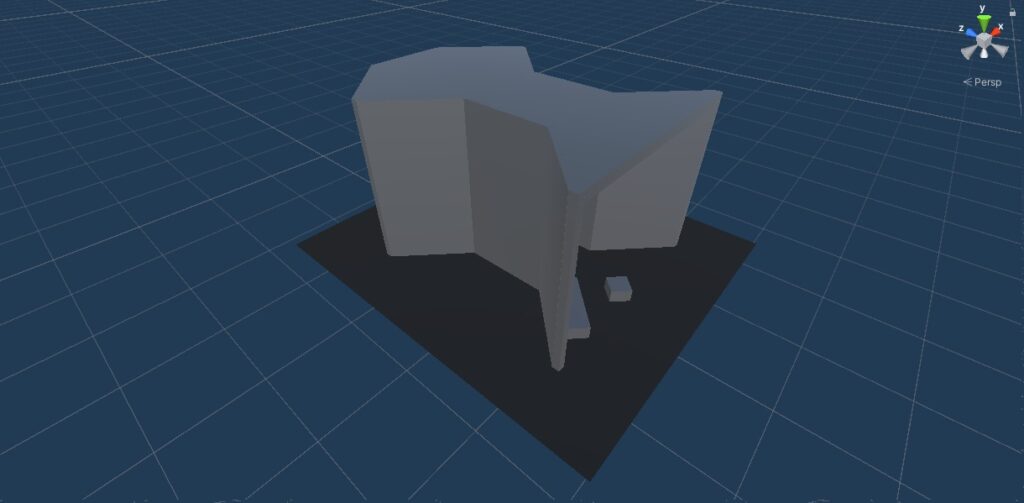
La Scenografia che é stata riconvertita in Realtà Aumentata
Set model for the Moscow Art Theatre production of Hamlet, 23 December 1911, recreated by Teddy Craig under the supervision of Edward Gordon Craig (1872-1966). Painted plaster, 1921.
Hamlet | Carrick, Edward | Craig, Edward Gordon | V&A Explore The Collections
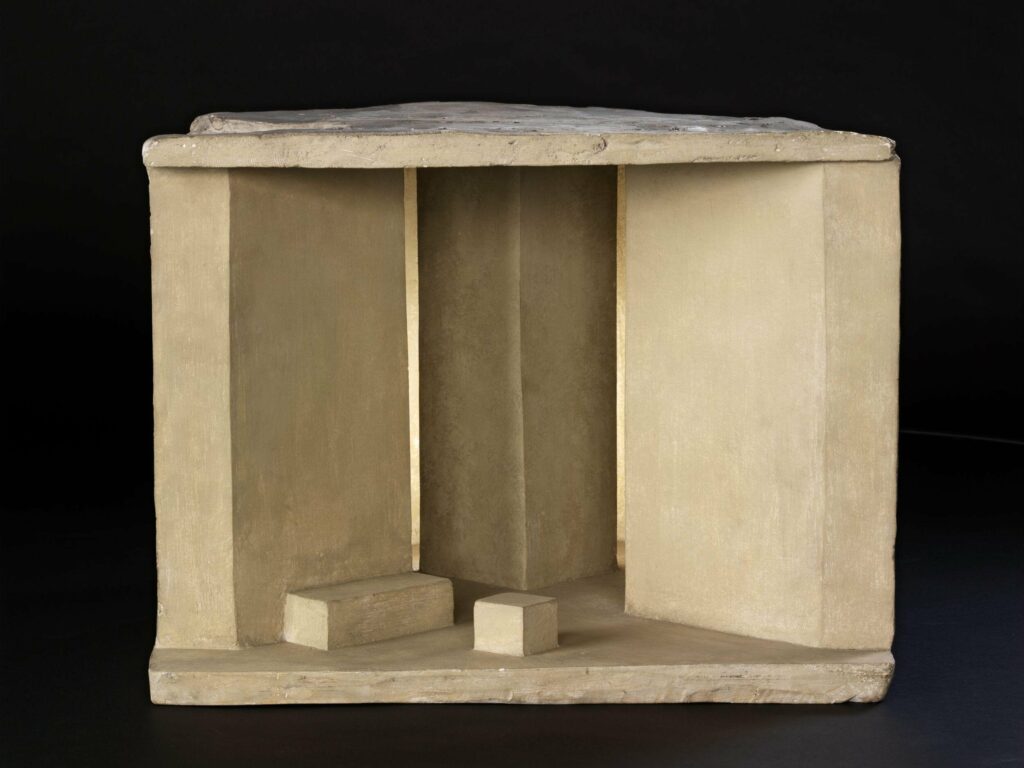
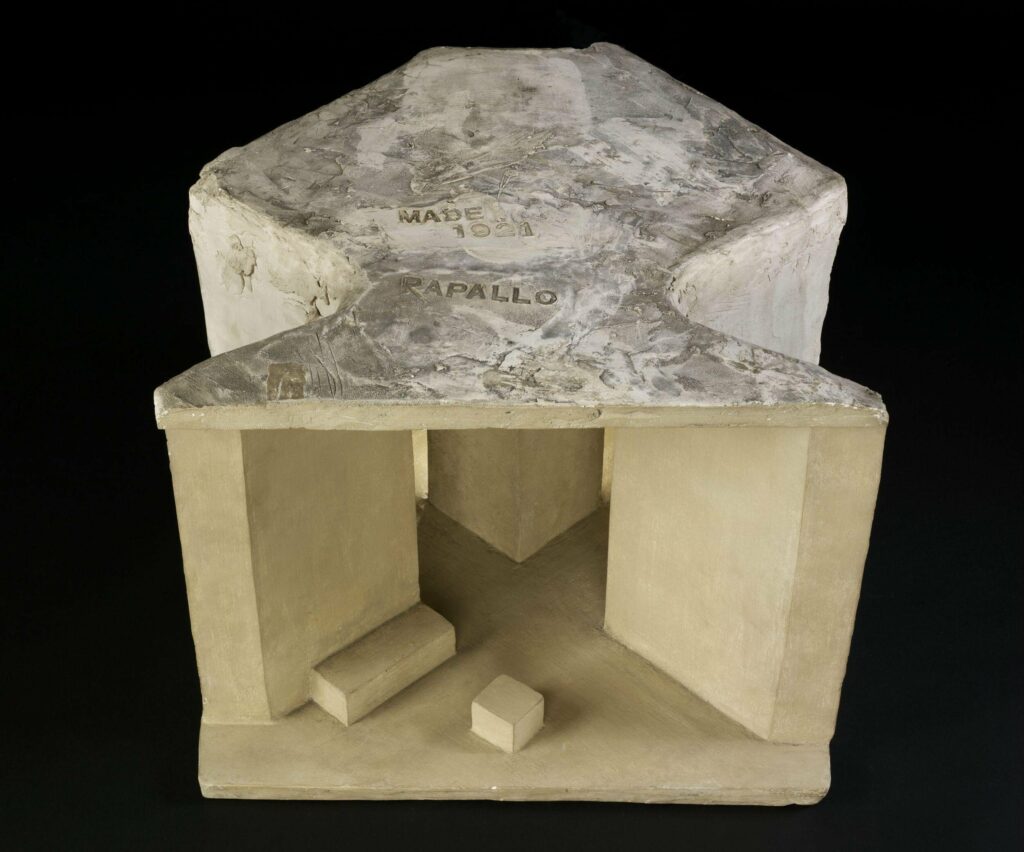
Realtà Aumentata (Modello 3)
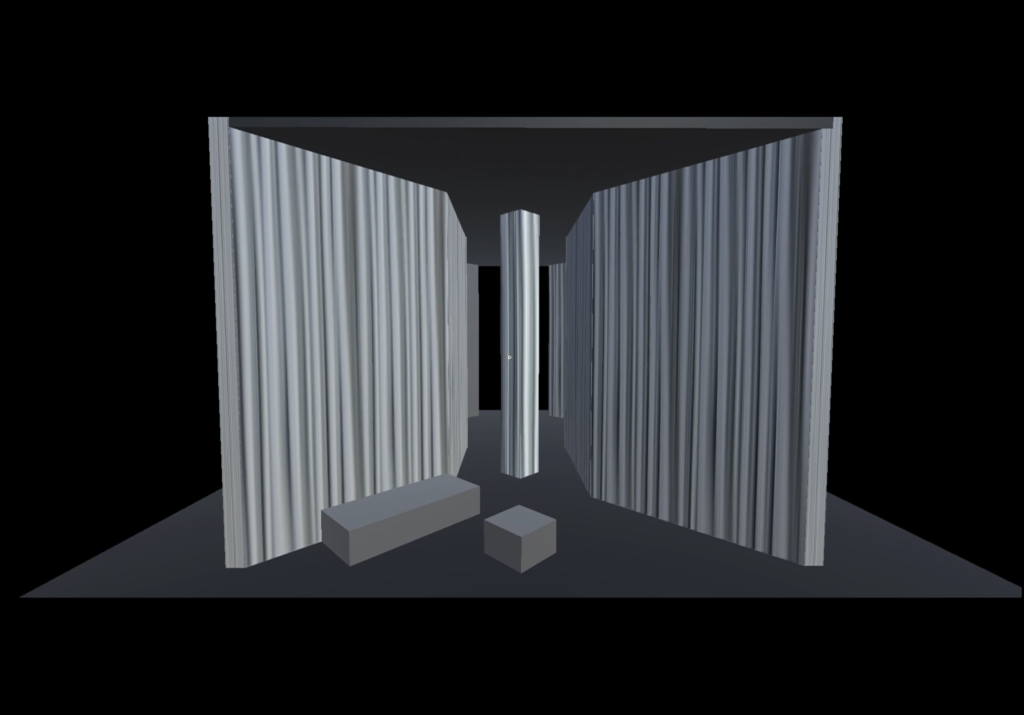
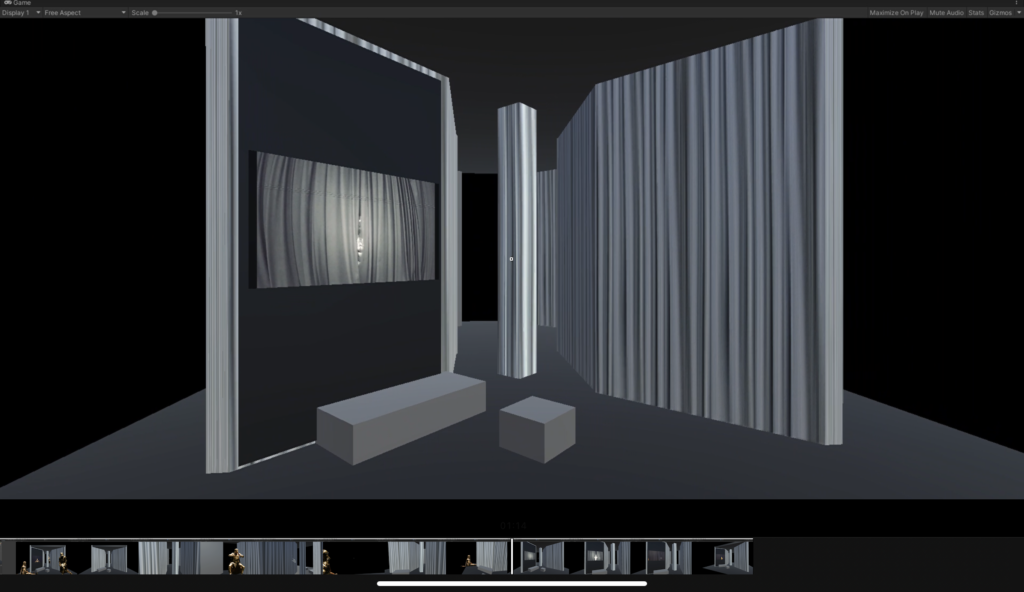
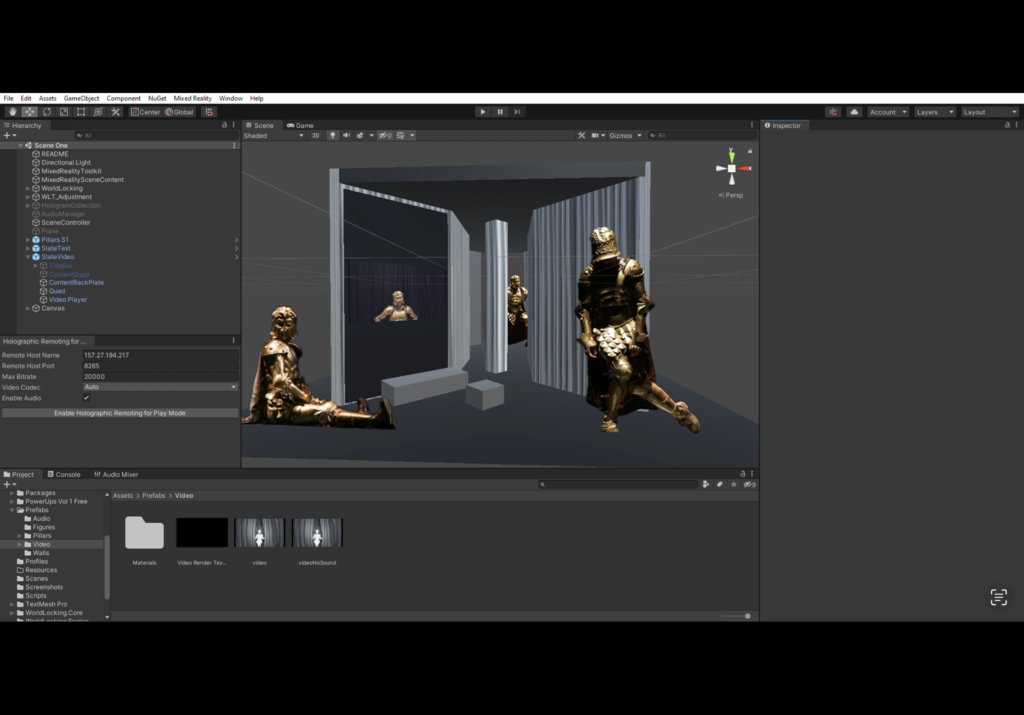
Esperienza di Realtà Aumentata
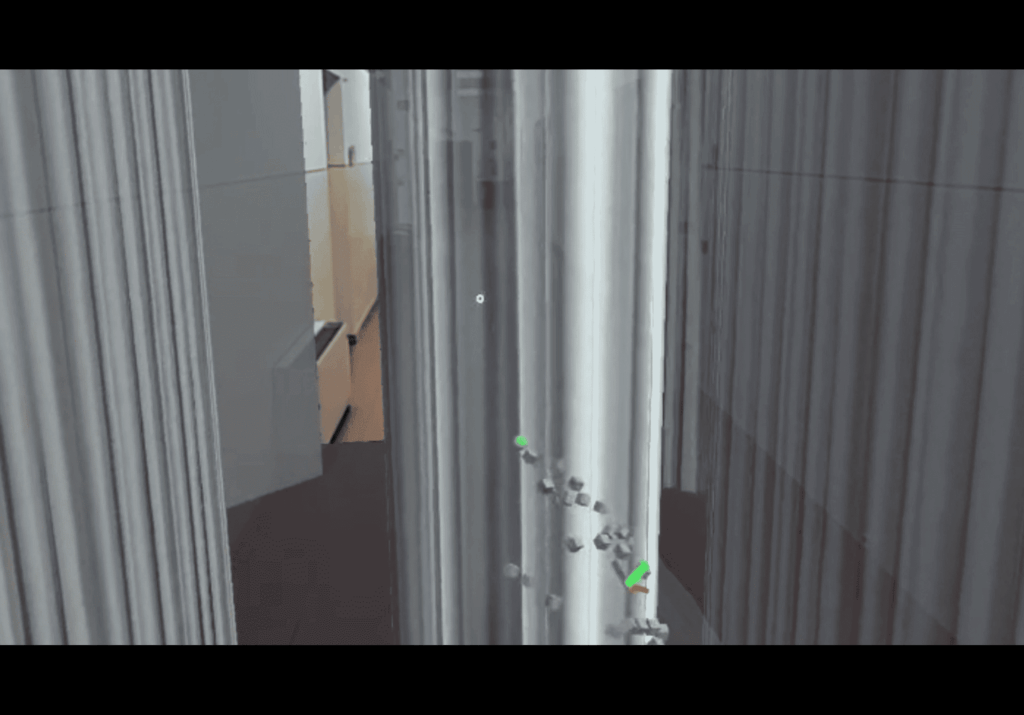
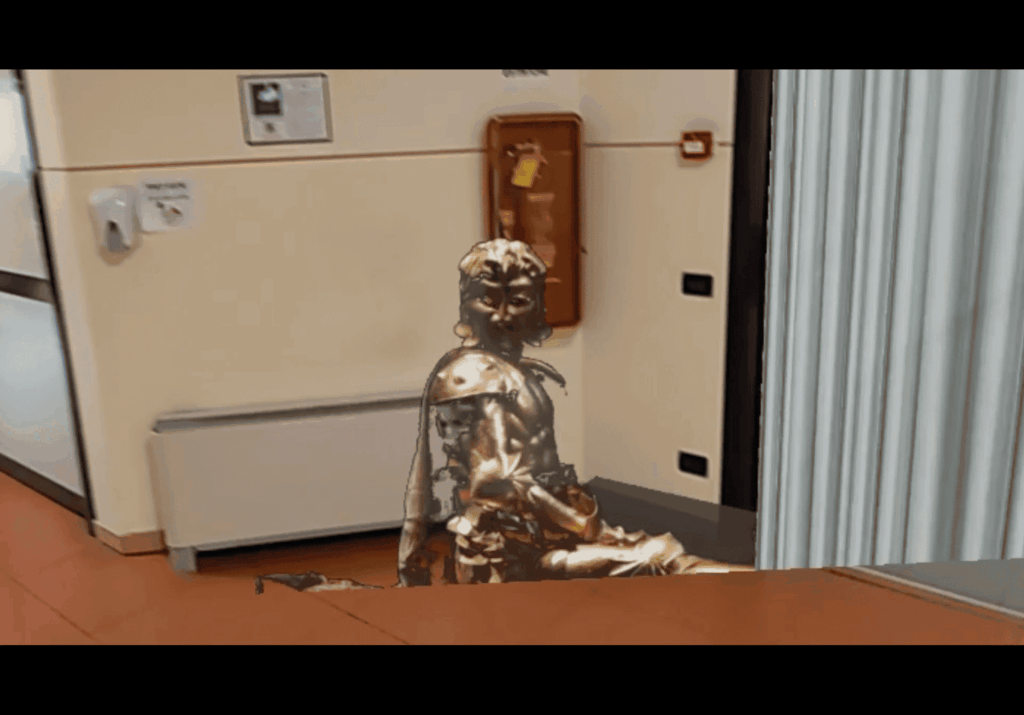
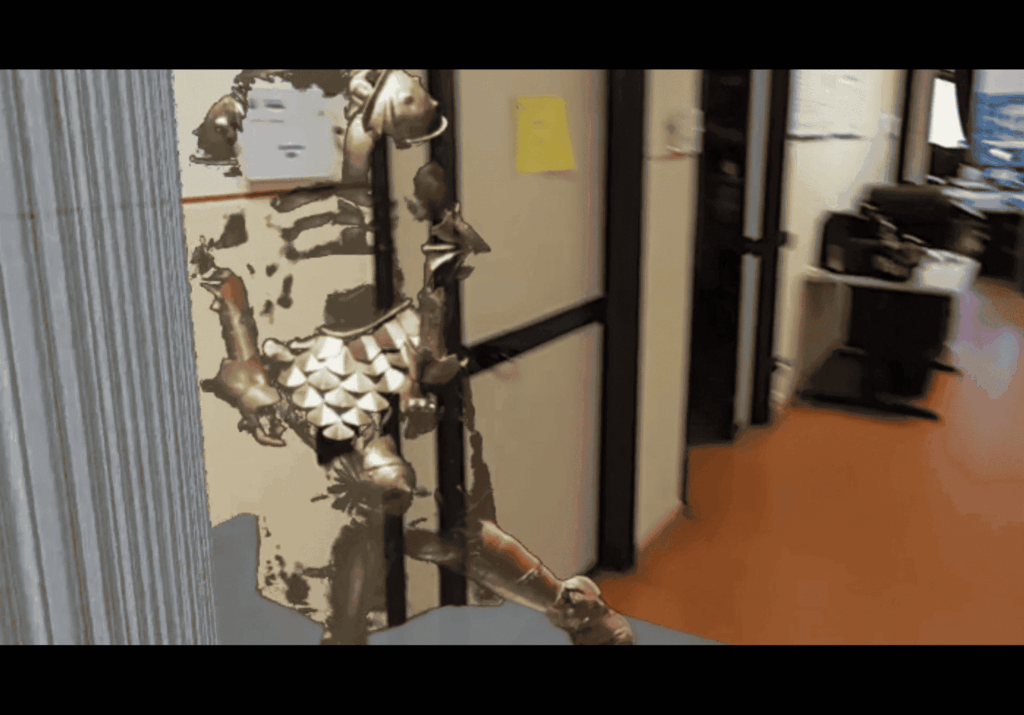
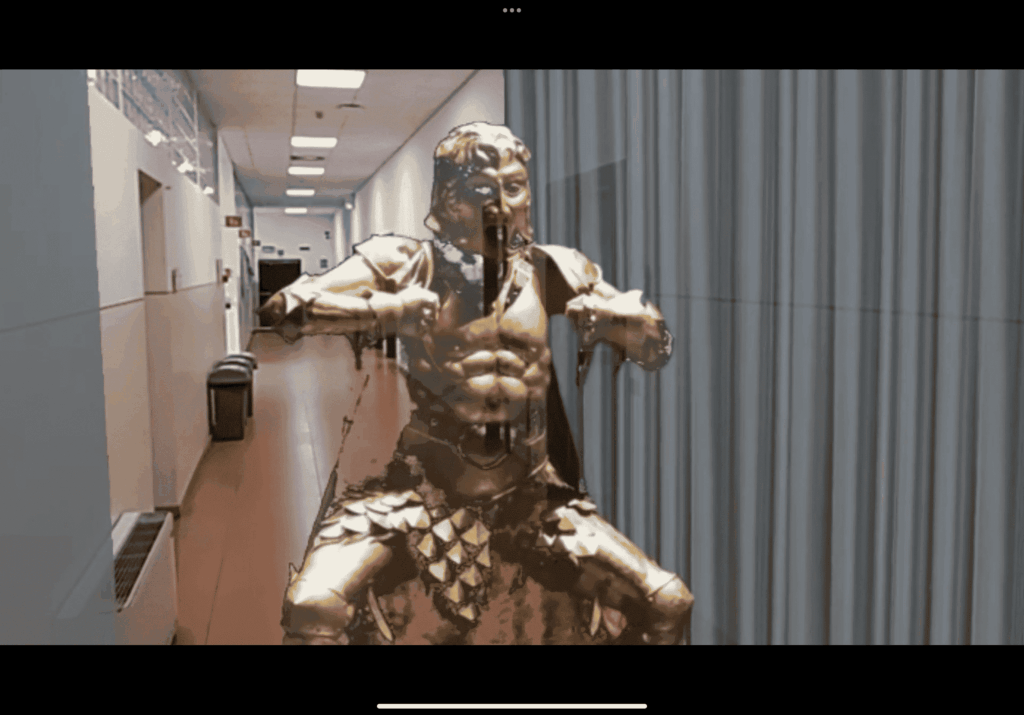
Il Fantasma
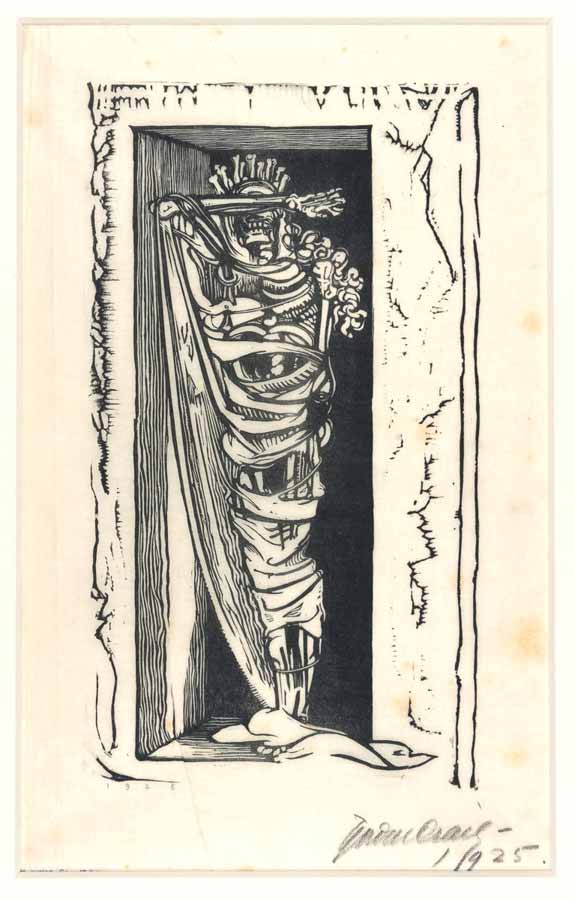
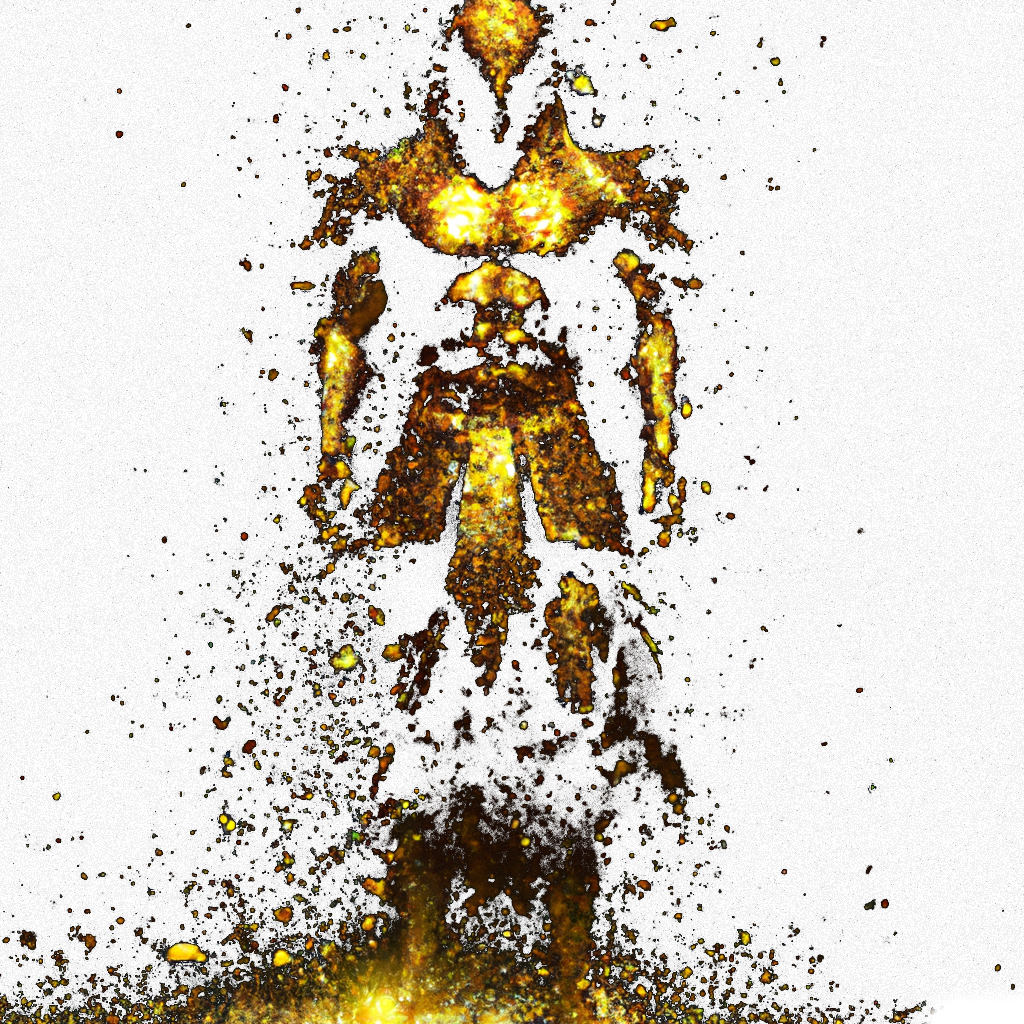

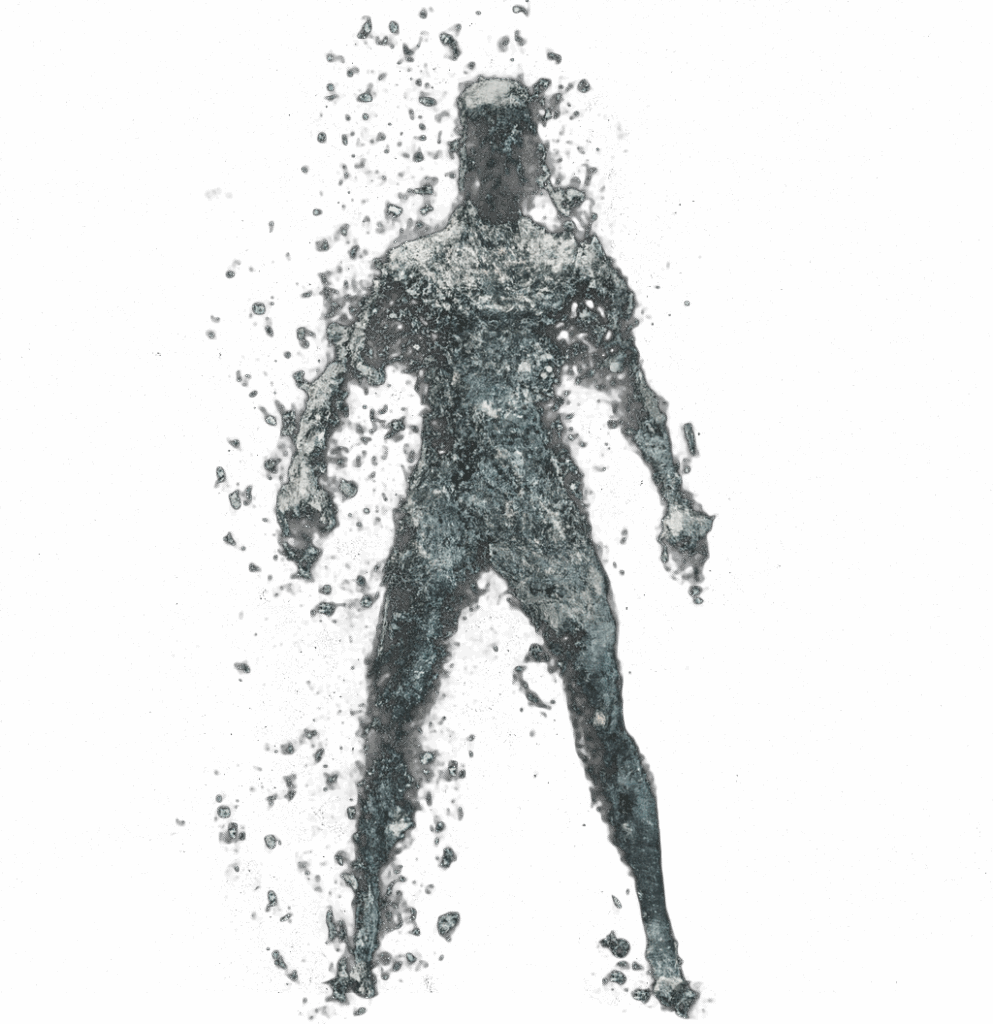
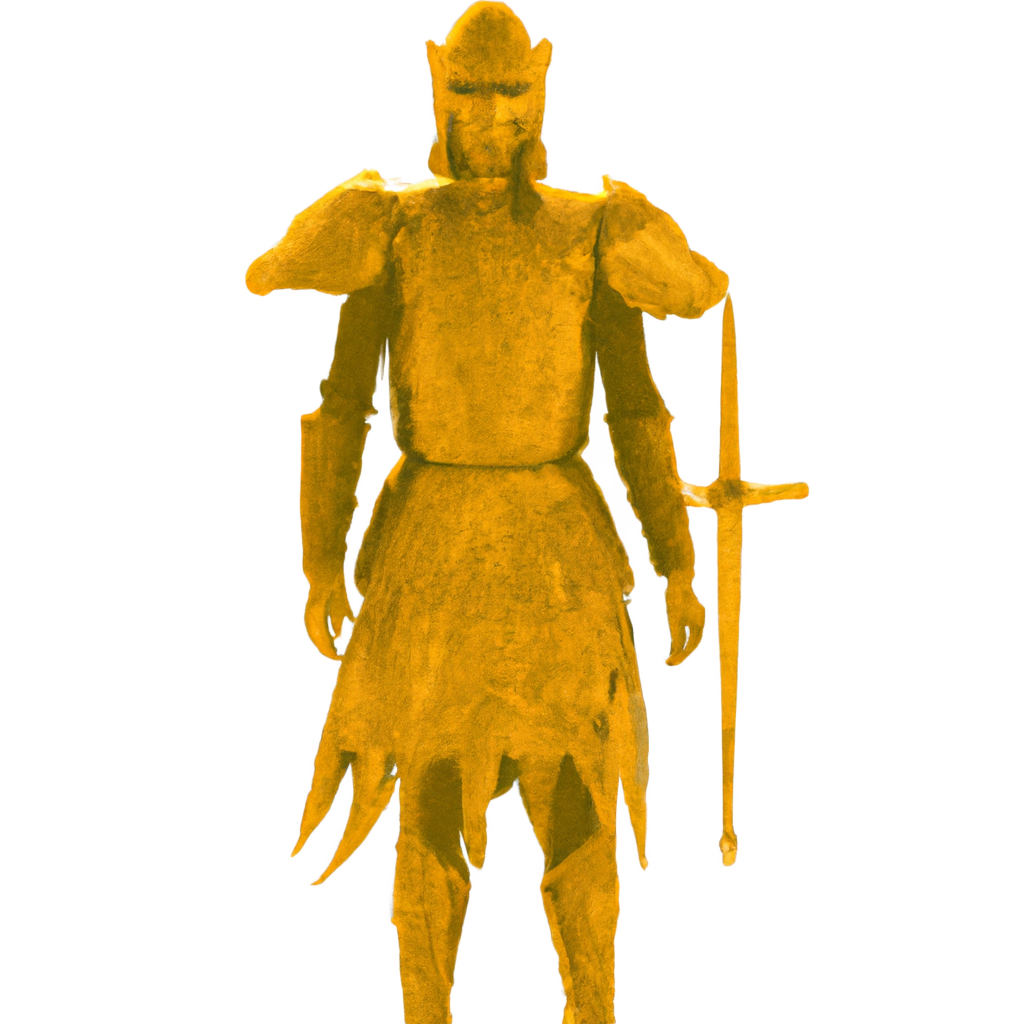
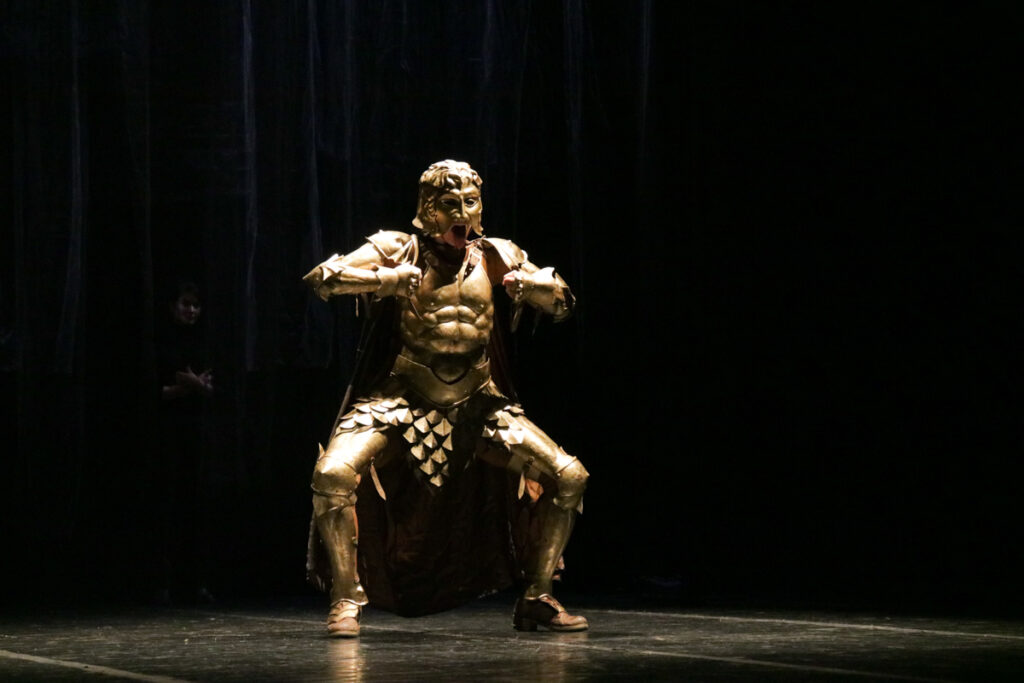
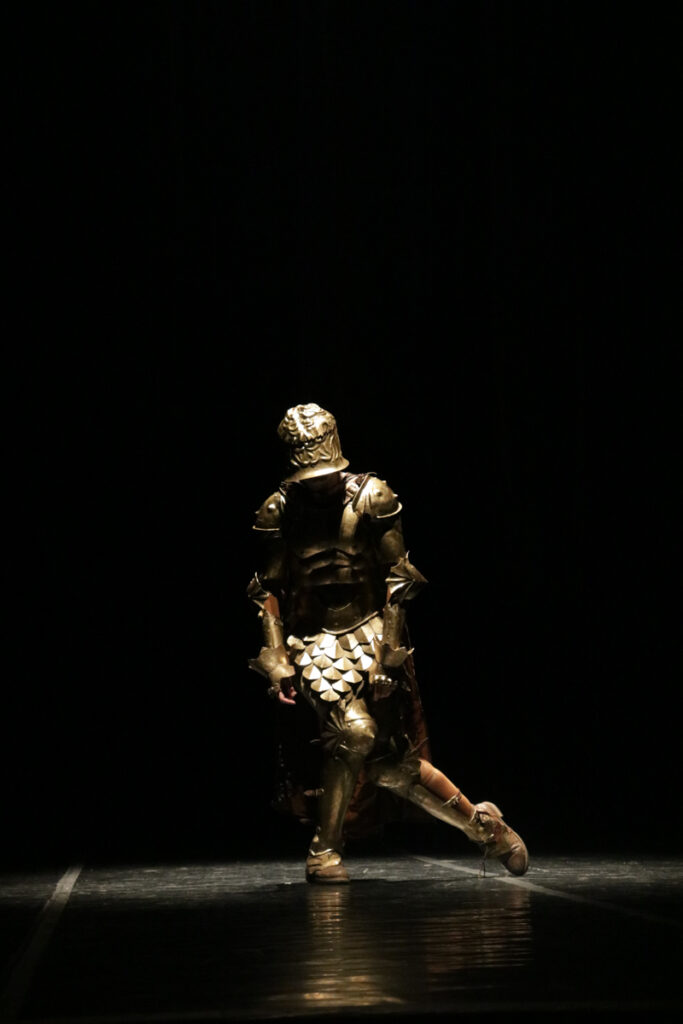


Team
Prof. Silvia Bigliazzi (PI)
Prof. Stefano Aloe
Dott. Petra Bjelica
Prof. Umberto Castellani
Prof. Sidia Fiorato
Dott. Cristiano Ragni
Dott. Emanuel Stelzer
Deborah Pintani
Selected References
Carver, G., and C. White. 2003. Computer Visualization for the Theatre: 3D modelling for designers. London and New York: Routledge.
Tompkins J., J. Holledge, J. Bollen, and L. Xia eds. 2022. Visualising Lost Theatres: Virtual Praxis and the Recovery of Performance Spaces. Cambridge: Cambridge University Press.
Werier, C., and Budra, P. 2023. The Routledge Handbook of Shakespeare and Interface. New York and London: Routledge.
Wittek, S., and D. McInnis. 2021. Shakespeare and Virtual Reality. Cambridge: Cambridge University Press.

